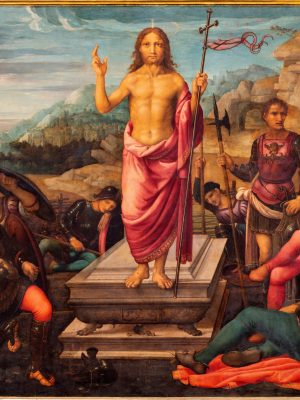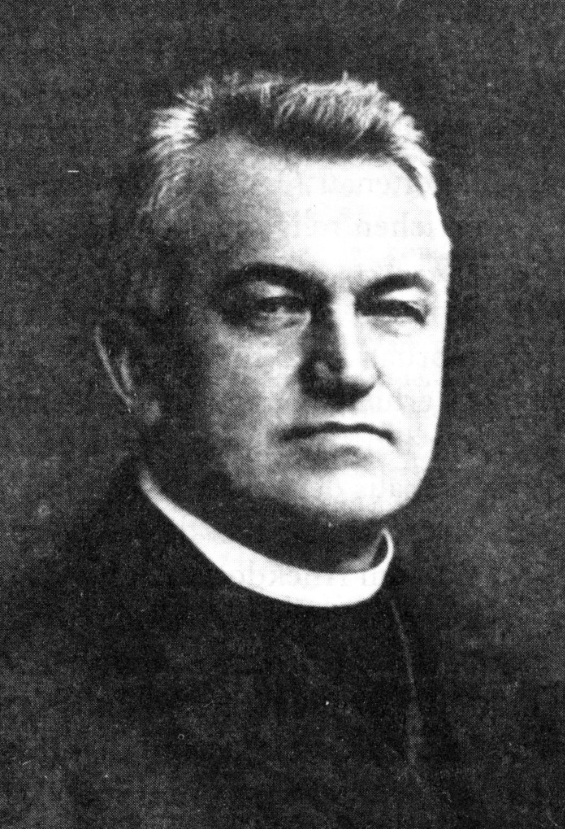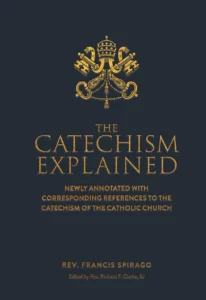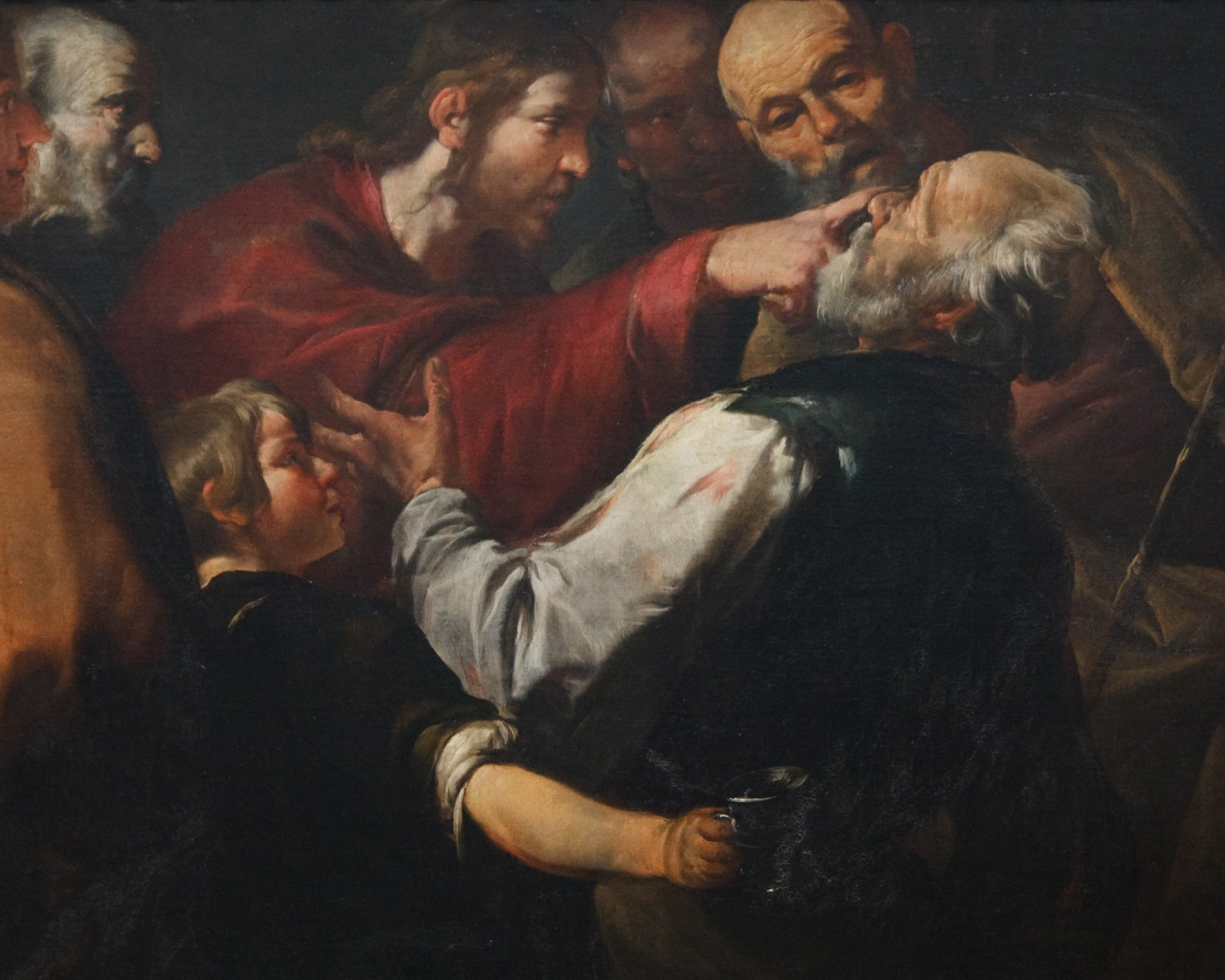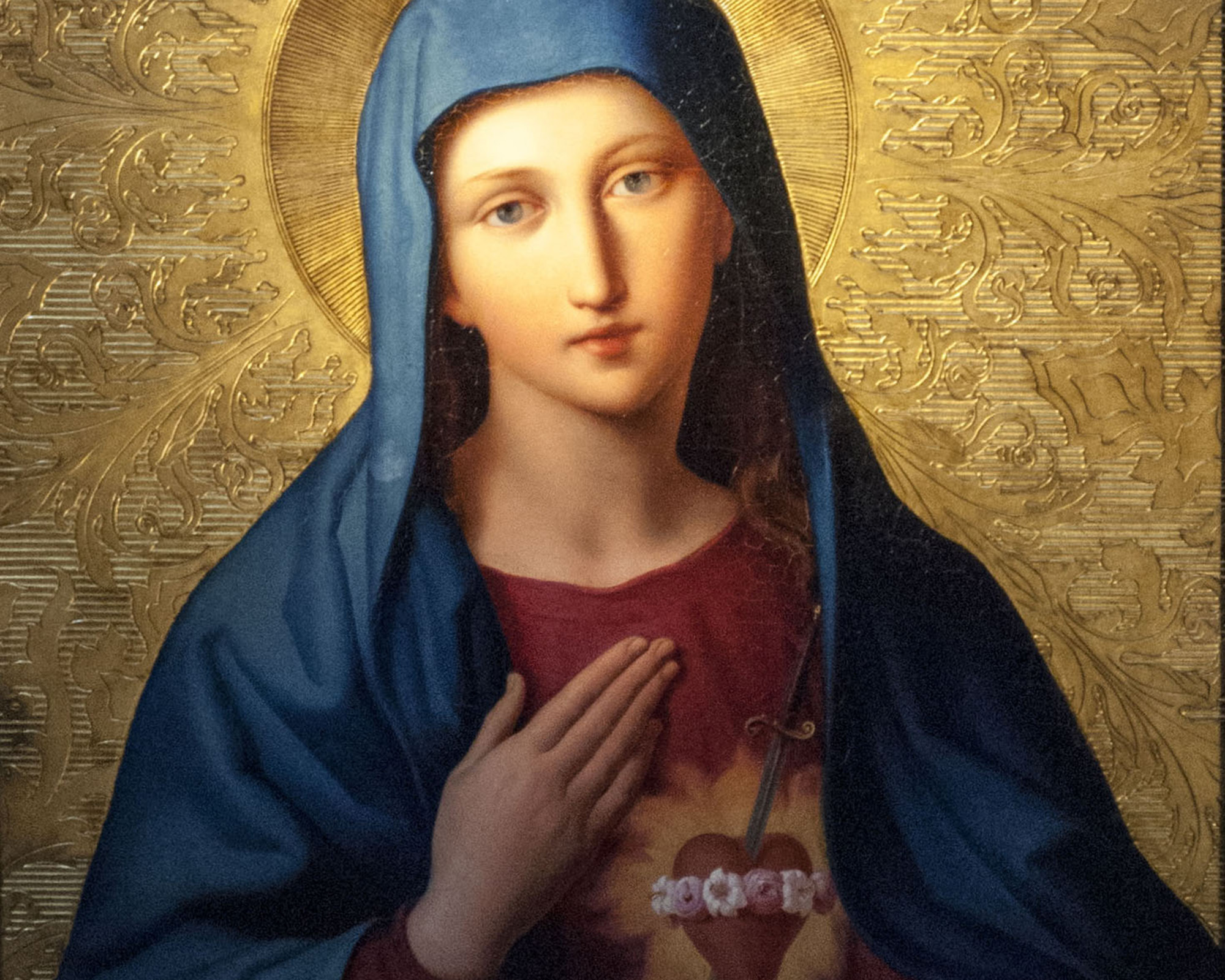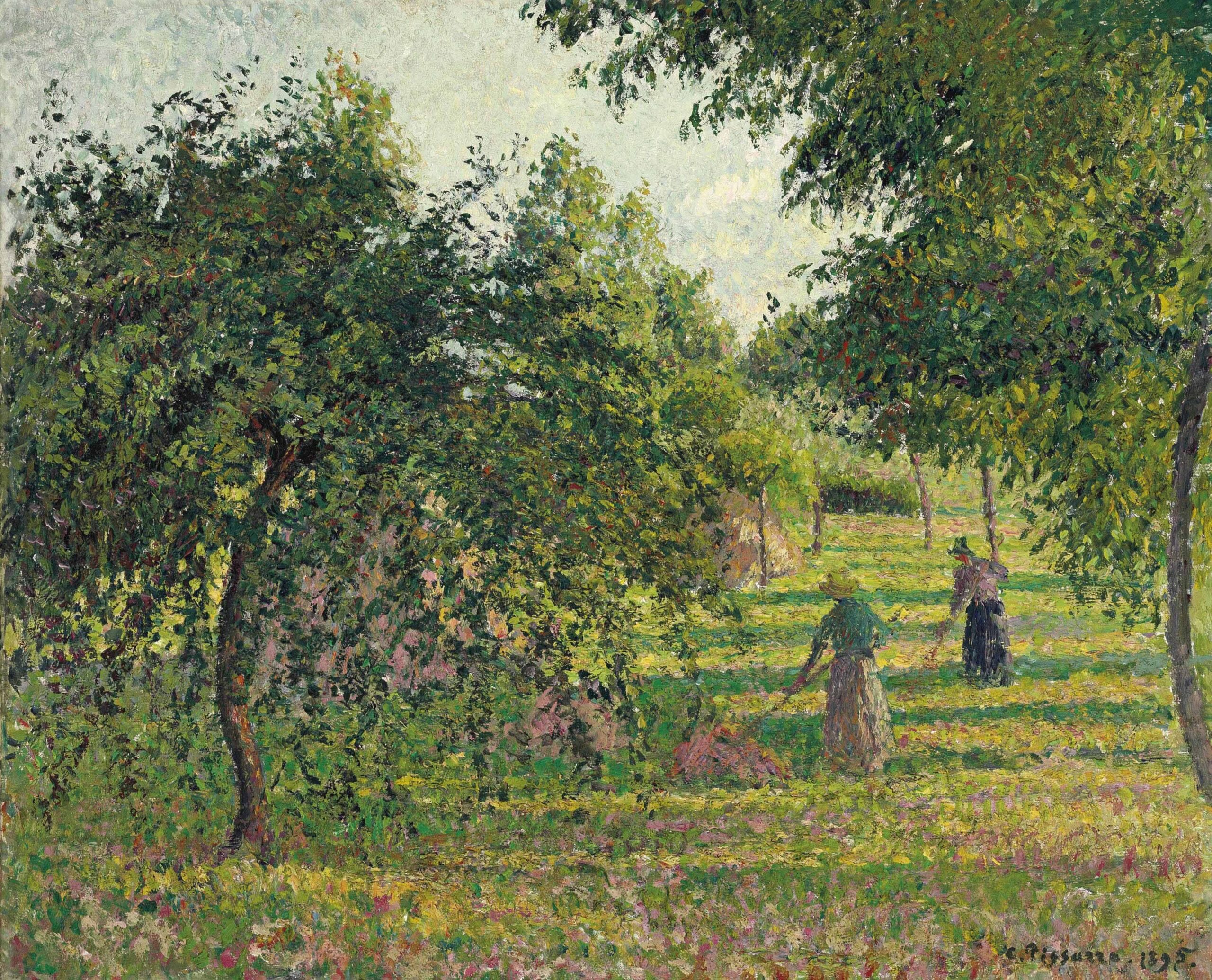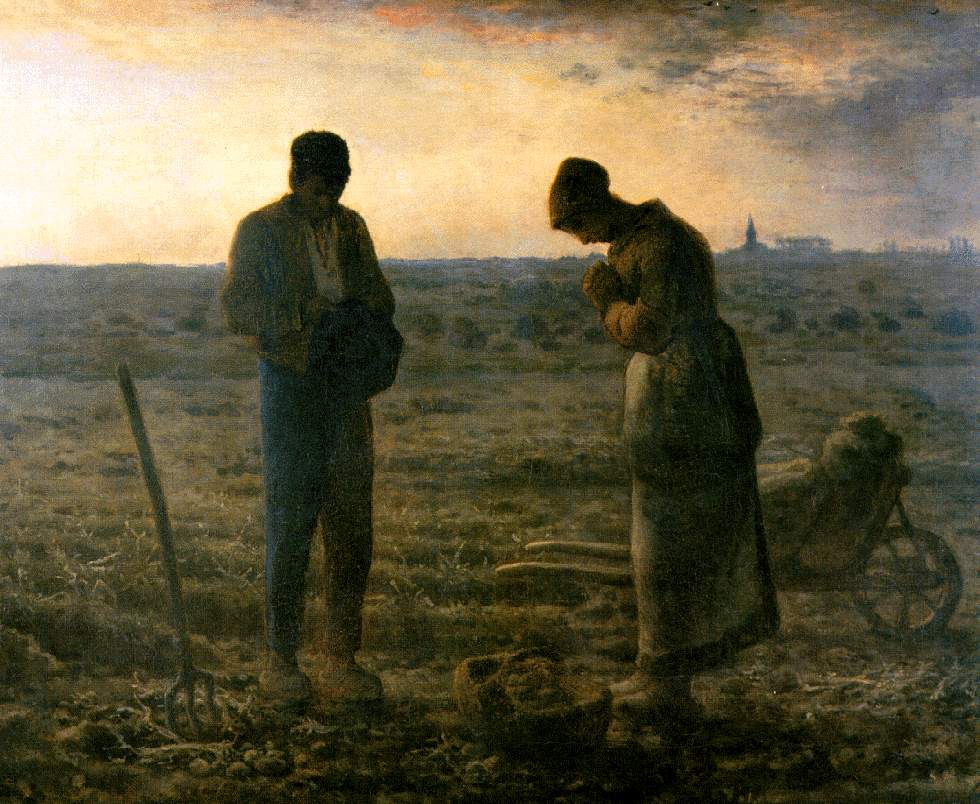On Easter Sunday before sunrise Christ rose glorious from the tomb by His own almighty power.
Christ often foretold that He would rise again on “the third day” (Luke 18:33); He compared Himself to Jonah (Matt. 12:40); on the occasion of His driving the money-sellers out of the Temple, He said of His own body: “Destroy this temple and in three days I will raise it up” (John 2:19); He claimed the power of laying down His life and taking it up again (John 10:18). When it is said in Holy Scripture that the Father raised Him (Rom. 6:4; 8:11), it is meant that as Christ is one with the Father all that Christ does the Father does also. The resurrection is a most undoubted fact.
The Jews asserted that the disciples had stolen the body of Christ (Matt. 28:13). Such an act was far beyond their power. The great stone that covered the sepulcher could not have been moved without waking some, at least, of the guards; “besides,” as St. Augustine says, “these could not be accepted as witnesses if they were asleep;” and it is a remarkable circumstance that the soldiers were not punished for their breach of duty. Many free-thinkers urge that Christ was dead only in appearance, and after an interval recovered from His swoon and left the grave. The pain and loss of blood following on the scourging and crowning with thorns would have been enough to cause death, and the wound in the side alone, so great that St. Thomas could thrust in his hand, would have been fatal. Even when Christ was going to the place of execution, He was too weak to carry His cross; how could He, after thirty-six hours in the tomb, remove the long wrappings of His grave-clothes, roll away the stone, and make His way out on feet yet fresh from the wounds of the nails? The death of Christ was officially verified and reported to Pilate (Mark 15:45), and His bones were not broken by the soldiers because they saw that He was dead (John 19:33). The blood and water which flowed from the side of Christ after the piercing with the lance, were a sign of death (John 19:34). His holy Mother and His friends would never have placed Him in the tomb unless He had been dead. All the Evangelists agree in testifying to the death of Christ.
Christ rose again to prove to us that He is God, and that we, too, are to rise again.
Christ is the first-fruits of them that sleep (1 Cor. 15:20), and as Christ, our Head arose, so shall we all rise again (St. Irenæus). He called first His own body to life; later He will call the members of His mystical body to share its life (St. Athanasius). The hope of the resurrection was Job’s consolation in his trouble (Job 19:25). Throughout Christendom Easter is celebrated as the feast of the resurrection. In the Old Testament the Paschal Sabbath was kept in remembrance of the delivery from the Egyptian yoke. Among Christians, in accordance with a decision of the Council of Nicæa, 325 a.d., the feast is celebrated on the first Sunday after the full moon which comes next after the spring equinox. In consequence Easter may fall anywhere between the twenty-second of March and the twenty-fifth of April. The heathen wakes to a new spiritual life in the waters of baptism; hence the blessing of the font on Holy Saturday; and all those who perform their Easter duties have a spiritual resurrection from the dead (Rom. 6:4).
In the words of St. Ambrose, if we are to rise from the grave of the flesh we must first rise from the grave of our sins. The Paschal candle, which is blessed on Holy Saturday is, on account of its five incense grains, which represent the five wounds, a figure of Our Lord; and it is lighted at all services till Ascension Thursday. The Easter eggs are a type of the resurrection: just as the young bird breaks from the shell, so will mankind arise again from the earth. The season itself is typical of the new life in the reawakening of nature.
This article is taken from a chapter in The Catechism Explained by Rev. Francis Spirago, which is available from TAN Books.


